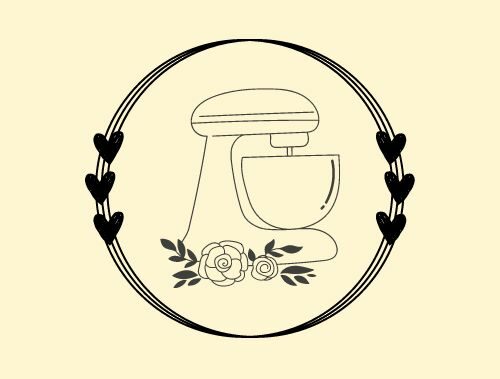Brown sugar hardens into unpleasant clumps and bricks over time due to moisture loss. Exposure to air causes the natural moisture within brown sugar to evaporate. The molasses dries out, and the sugar crystals lose mobility and stick together. Also, improper storage speeds up this process. Heat and humidity speed moisture evaporation. Cardboard packaging allows more airflow than airtight bags or containers, causing quicker moisture loss. When brown sugar hardens completely, it becomes difficult to measure for recipes accurately, won’t properly incorporate into batters, and creates unpleasant texture surprises. Being mindful of moisture control and proper air-tight storage helps keep brown sugar soft and usable for all your favorite baked goods.
What is Brown Sugar?

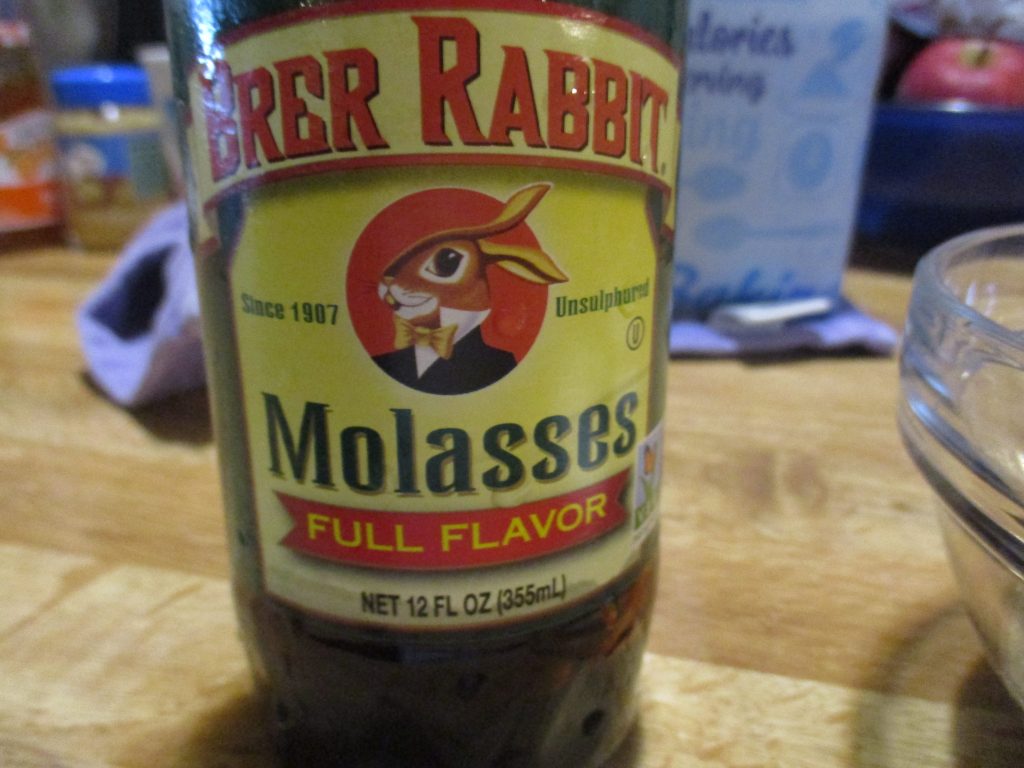

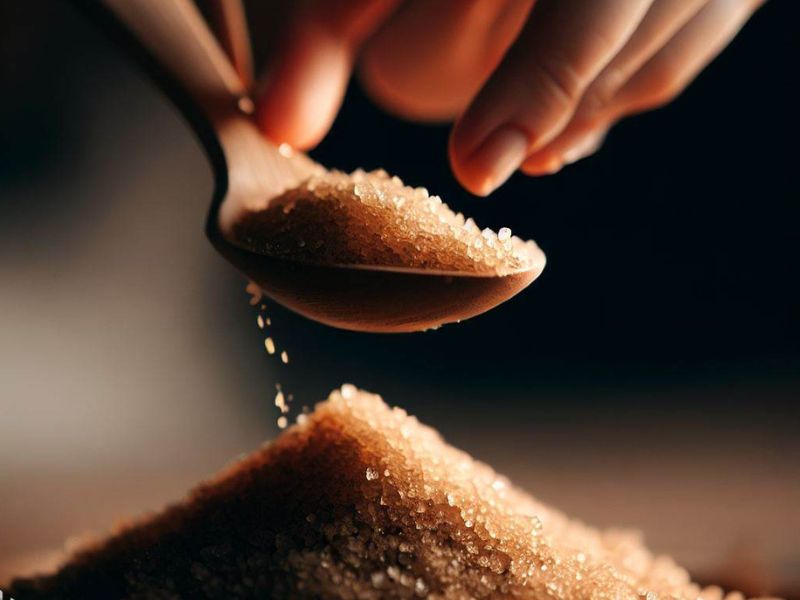
To understand why brown sugar hardens, it helps to first look at why it’s different from regular white sugar. Brown sugar is simply white sugar with molasses added back in. The molasses is what gives it that light brown color and rich, deep flavor.
Why Does Brown Sugar Get Hard?
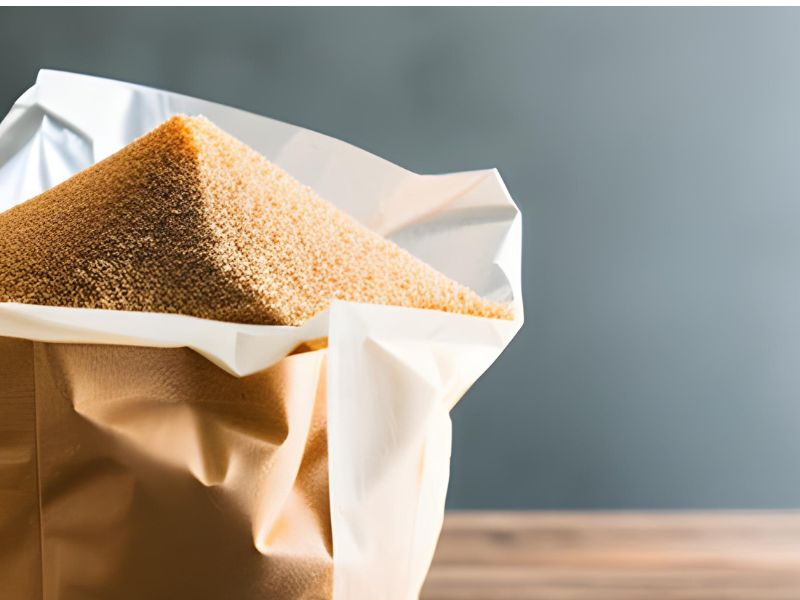
So why does this delicious sweetener turn hard and clumpy over time? It comes down to two main culprits – moisture loss and improper storage.
Moisture Loss
Exposure to air allows the natural moisture in brown sugar to evaporate over time. As the molasses dries out, the sugar crystals lose their mobility and form rigid clumps. Think of it like a box of sand. When the sand is damp, it holds together when you form it. But when it dries out fully, the sand won’t mold anymore.
Improper Storage
Heat and humidity also accelerate moisture loss from brown sugar. Storing it in the wrong conditions causes it to dry out and harden faster.
Cardboard boxes allow more airflow than plastic bags, which leads to moisture escaping quicker. So brown sugar stored in the box it often comes in will typically harden faster than brown sugar kept in an airtight plastic bag or container.
Consequences of Hard Brown Sugar
Why does it matter if your brown sugar hardens up? Here are some of the biggest issues with rock-solid brown sugar:
It becomes difficult to accurately measure the amount you need for recipes.
The hardened clumps won’t blend properly into doughs and batters, which can lead to uneven baking.
Biting into unpleasant chunks of hardened sugar is not a fun surprise in baked goods!
How to Soften Hard Brown Sugar
Now that you know why brown sugar hardens, let’s look into how to fix it! Here are some quick fixes and longer-term techniques for softening up a brick of brown sugar.
Quick Fixes
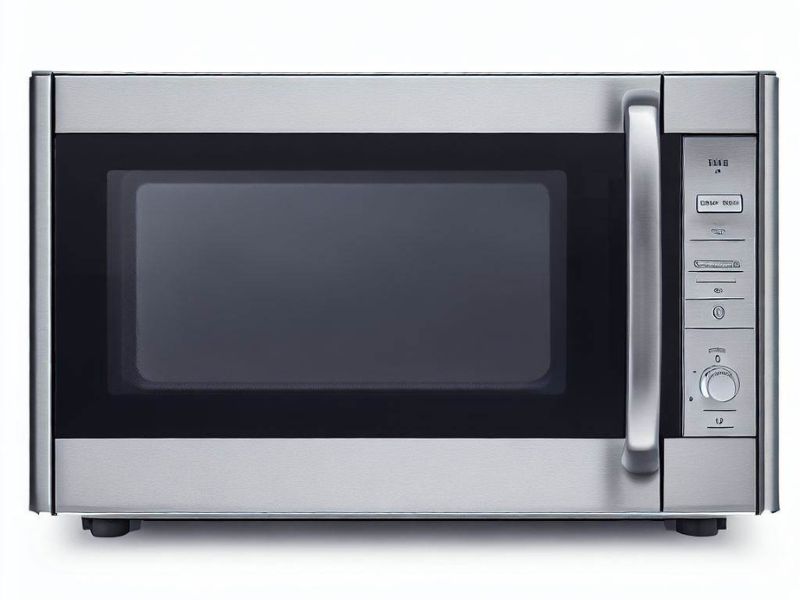
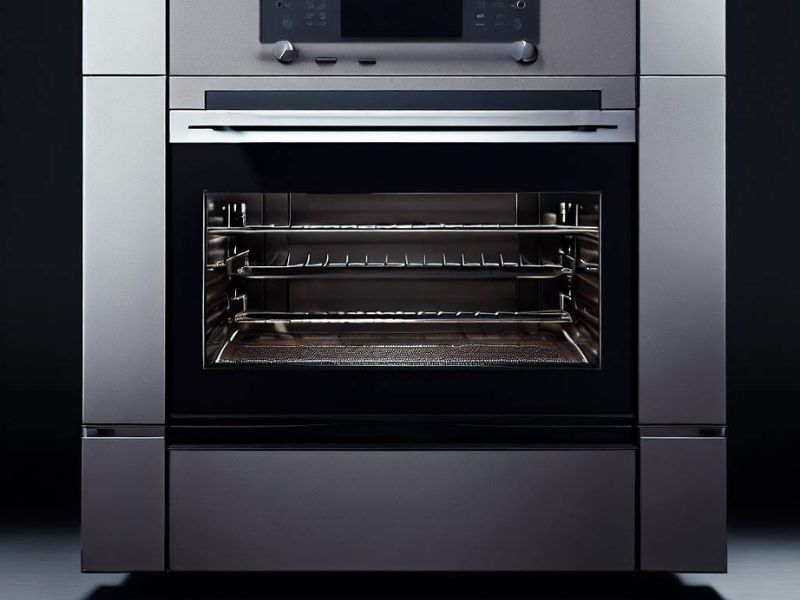
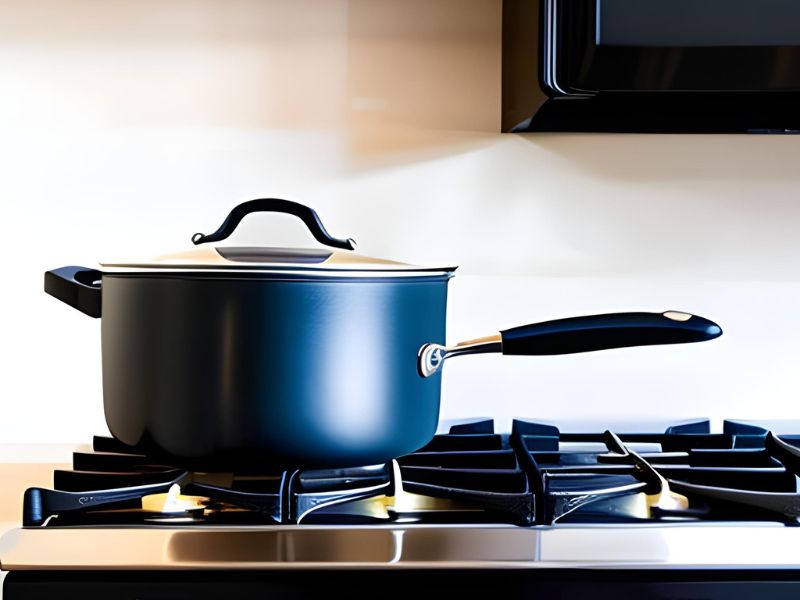
If you need to soften brown sugar in a pinch before baking, try one of these fast fixes:
Microwave
Place the hardened brown sugar in a microwave-safe bowl or bag. Microwave in 30-second bursts, checking and stirring after each interval. Stop once the sugar has softened. Take care not to overheat, or the sugar will melt completely.
Oven
Spread the lumpy sugar in a thin layer on a baking sheet. Bake at 250°F for a few minutes, checking frequently. The warmth will soften the sugar without overheating it.
Stovetop
Place the sugar in a heat-proof bowl. Bring a pot of water to a boil. Set the bowl over the boiling water to steam and soften the sugar. Stir frequently and remove from heat once softened.
Be careful not to overheat the sugar when using any of these quick softening methods. Too much direct heat can cause the brown sugar to liquefy or caramelize.
Long Term Fixes

For a more gradual approach, try one of these techniques to soften hard brown sugar over hours or days:
Place a terra cotta sugar saver in the storage container or bag. The porous clay will pull in moisture from the air and soften the sugar.
Add a slice of bread or apple to the brown sugar. Over time, these moisture-filled items will soften up the brown sugar. Replace with a fresh slice every 1-2 days.
Use marshmallows or a damp paper towel to provide moisture. Place them in an airtight container or bag with the hardened sugar. The sugar will slowly absorb moisture.
No matter which technique you use, be sure to replace the moisture source every 2-3 days until the brown sugar softens completely.
On the flip side, there are a couple of things you should avoid when trying to soften brown sugar:
| ❌ What Not To Do ❌ | |
|---|---|
| 🚫 Don’t add water directly to the sugar. | This will make it sticky and muddy. |
| 🚫 Don’t repeatedly microwave or heat. | Letting the sugar cool and harden again can lead to larger, gritty sugar crystals forming. |
| 🍰 Brought to You by wearebaking.com 🍰 | |

| 🍯 Proper Storage of Brown Sugar 🍯 | |
|---|---|
| 🌟 Best Containers | Airtight plastic bags or plastic containers with tight-fitting lids work best. Plastic bags or airtight plastic containers help lock in moisture. If using the original cardboard packaging, place it inside a sealed plastic bag first. |
| 🌡️ Ideal Storage Location | Store brown sugar in a cool, dark cabinet away from heat sources like the oven or fridge. Consistent room temperature storage is best. Avoid temperature fluctuations that can cause moisture to evaporate. |
| 🌬️ Limiting Air Exposure | Press out any excess air before sealing the storage bag or container and open the container only when needed. |
| 🍪 Brought to You by wearebaking.com 🍪 | |
Reviving Rock-Hard Brown Sugar
What if your brown sugar has hardened so much it’s basically one giant clump? Have no fear – you can still rescue it.
Place the extremely hard brown sugar in an airtight plastic bag with a fresh moisture source like apple slices, bread, or marshmallows. Change the moisture source every 2-3 days.
It can take 1-2 weeks for extreme clumps to fully soften. Be diligent about replacing the moisture absorbers and keeping it sealed. Over time, you should be able to break up the sugar clumps and restore the brown sugar to its former glory.
Final Thoughts
And there you have it – everything you need to know about why brown sugar hardens, how to soften it, and keep it soft for baking success. Proper moisture control and air-tight storage will let you enjoy soft, scoopable brown sugar every time. With a few moisture-restoring tricks, you can quickly rehabilitate hardened brown sugar.
Never dread that bag of sugar bricks again. Now you can keep your brown sugar soft and delicious and ready for when you go to bake those cookies.
Ready to use that soft brown sugar? Make these awesome chocolate chip oatmeal cookies.
What do you do for hard brown sugar? Please leave me a comment below
And As Always
Keep On Baking!
Taianne
Share the Love

I’m Taianne, the owner and operator behind We Are Baking. Baking my first cake at age 11 hooked me on creating sweet treats. Though my interest faded during childhood, it was rekindled when I married my apple pie-loving husband. I love trying new recipes, tweaking classics, and helping others learn the science and art of baking. I started We Are Baking to share tips, tricks, and favorite recipes I’ve discovered over the years. When not in the kitchen, I enjoy spending time with family and friends. My goal is to inspire others to embrace their creativity through baking. Feel free to contact me with any questions!
Taianne@wearebaking.com
